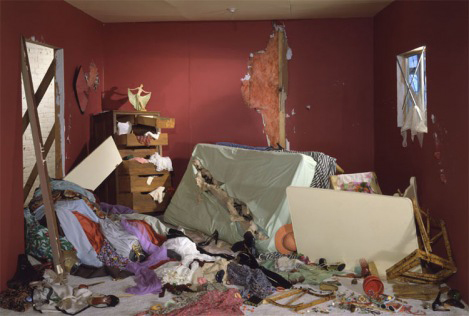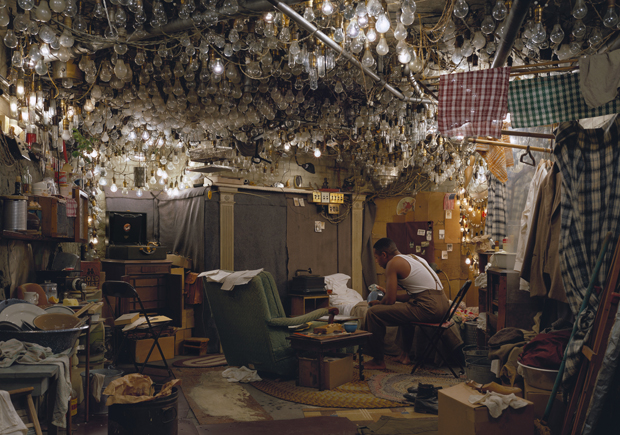
Jeff Wall retrospective and talk
Sydney's Museum of Contemporary Art exhibits the fine-art photographer alongside a symposium on 'Rooms'
For those unsure of how to interpret Jeff Wall's work, don't fret. The great Canadian artist will be on hand the day after his Australian retrospective opens at The Museum of Contemporary Art in Sydney.
Jeff Wall's lecture, on May 2, in The MCA's Foundation Hall, not only coincides with his exhibition at the Australian gallery - which gathers together 27 images from the late seventies through to the present day - but also with The MCA's Rooms event, a symposium "about photography, poetry and space."
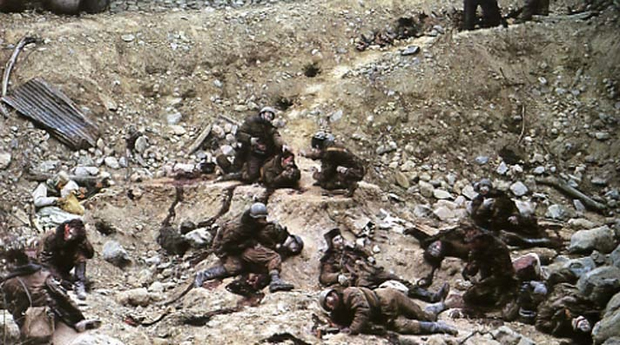
Wall's exhibition features many of the photographer's better-known works, including The Destroyed Room (1978); A Sudden Gust of Wind (after Hokasai) (1993); and 'Invisible Man' by Ralph Ellison, the Prologue (1999-2000).
Meanwhile, Rooms also draws on the work of fellow North American photographer, William Eggleston, as well as the New Zealand photographer Laurence Aberhart, and the Australian artist, Noel McKenna, who are also on show at the MCA.
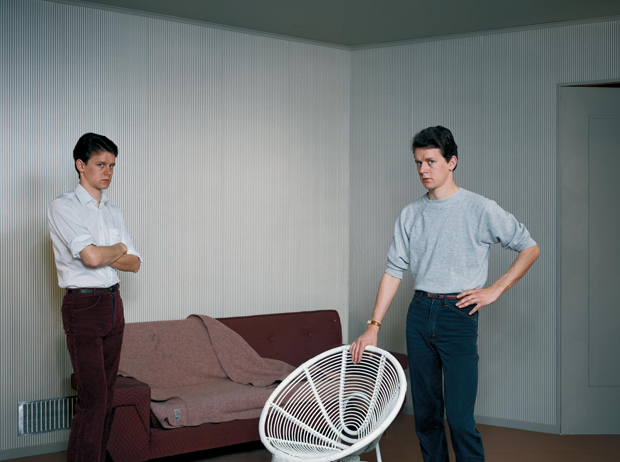
Whether Wall has a great deal in common with this trio of largely figurative artists is open to debate. Butt the confines of a room - real or imagined - does appear to be a fruitful topic for discussion. As he explains at the beginning of our monograph, in an interview with critic and curator Arielle Pelenc, Wall often includes images of people talking, to break down a photograph's perceived barriers.
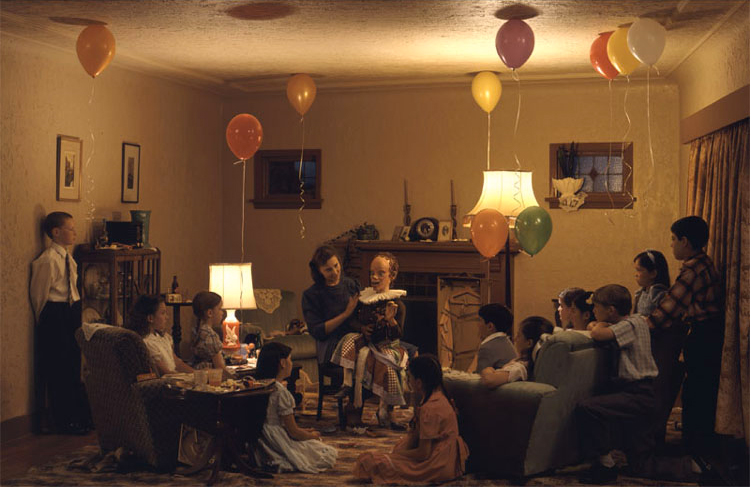
Wall says that in his "cinematographic" images "you can get this feeling that the construction contains everything, there is no outside to it." This is in contrast with most highbrow photography, such as good photojournalism, wherein "the image is clearly a fragment of a greater whole."
How does an image marker overcome this conflict? Wall suggests says he often includes subjects in speech, because "it is to me an elemental example of the problem of the outside and the threshold." The frozen action proves there must be a before and after.
It's an interesting idea, and perhaps one Wall will expand on in Sydney next month. Take a look at the forthcoming exhibition's details here. And, until then, why not take a look at our monograph, which includes this interview, these images and much more besides.
